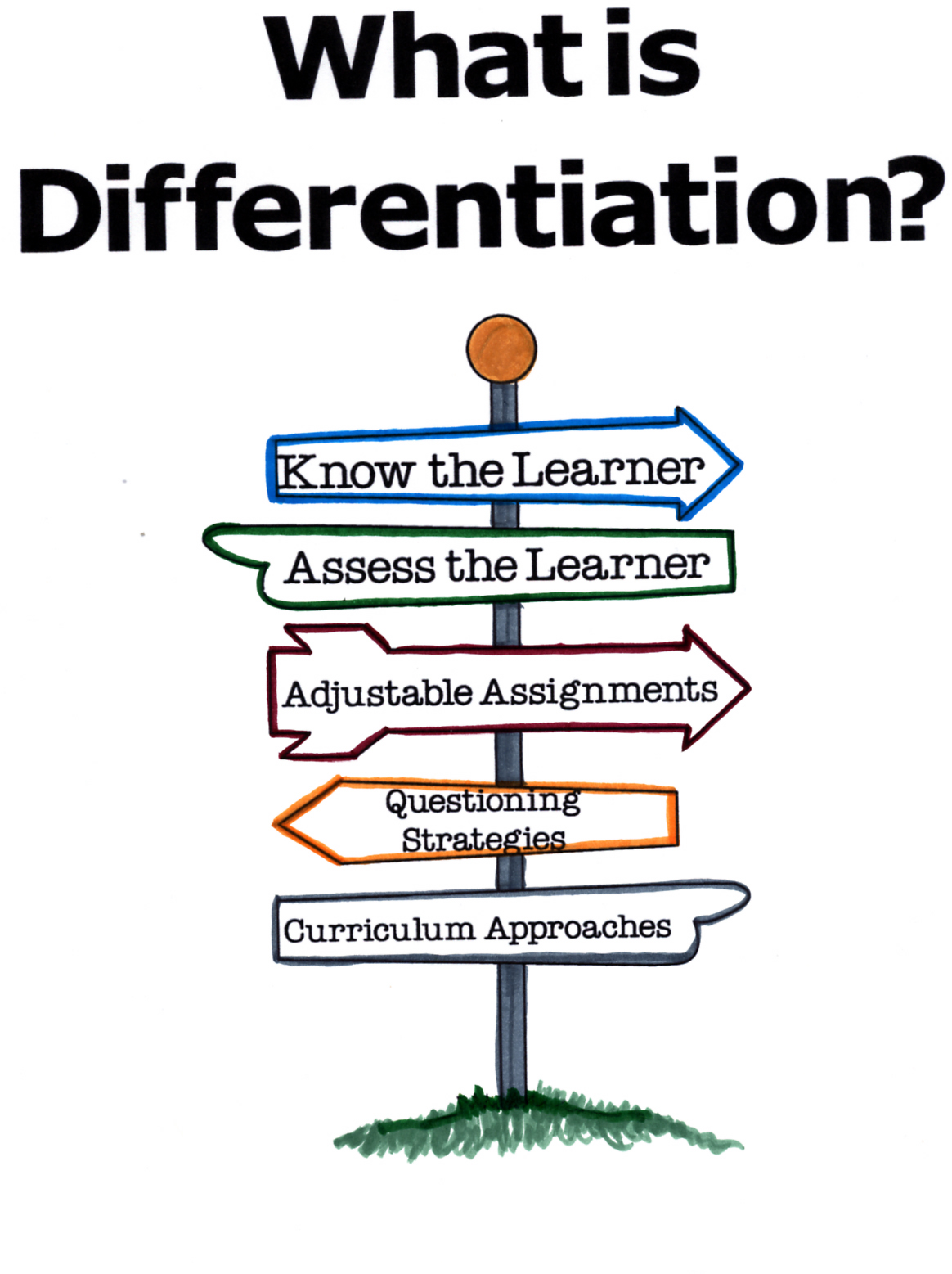
A. English Language Learners - I can differentiate learning activities by
· ·
Phonemic awareness
Phonemic
awareness discusses to the ability to recognize and use these phonemes in
spoken words. It is also the understanding that the sounds of spoken language
work together to make words.
- Phonics
Phonics
is the understanding that there is a predictable relationship between phonemes.
Readers use these relationships to recognize familiar words and to decode
unfamiliar ones.
- Vocabulary development
Vocabulary
development states to the information of kept information about the meanings
and pronunciations of words necessary for communication. Vocabulary development
is important for beginning reading in that when a student comes to a word and
sounds it out, he or she is also determining if the word makes sense based on
his or her understanding of the word.
- Reading fluency, including oral reading skills
Fluency
is the skill to read words correctly and swiftly. Fluent readers identify words
and understand them all together. Reading fluency is a critical factor
necessary for reading comprehension.
- Reading comprehension strategies
Reading
comprehension is the result of all of the reading skills and the last goal of
learning to read. The purpose of mastery of each of the four prior skills is to
enable comprehension.
B. Special Needs Students
· Offer oral instruction
for students with reading disabilities. Present tests and reading materials in
an oral format so the assessment is not improperly prejudiced by lack of
reading ability.
·
Arrange for learning disabled students with regular progress checks. Let them
know how well they are developing toward an individual or class objective.
· Give instant
feedback to learning disabled students. They need to see rapidly the
relationship between what was shown and what was understood.
· Make activities
short and quick. Long assignments are mostly trying for a learning disabled
child.
·
Learning disabled youngsters will benefit if you provide them with concrete
objects and events. Things /items they can touch, hear, smell
C. Advanced or Gifted Learners
- Anchor Activities – Offer student with significant activities that can be finished independently. Used as a managing tool for early finishers and small group instruction.
- Activity Menus – Join in student choice, different levels of thinking, & multiple intelligence. Menu might focus on a concept or can cross topic areas.
- Flexible grouping permits for students to move in and out of groups based on need, ability, interest, etc.
- Peer Teaching – Use carefully. Make sure the student has mastered the topic and is able to help others.
- Cubing – Allows you to monitor student thinking in multiple directions and to separate process and product for students of changing capabilities.
No comments:
Post a Comment